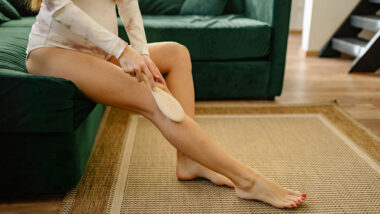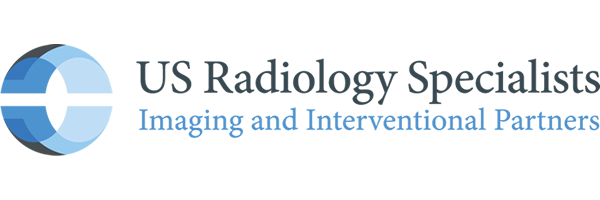Here’s something you might not know about varicose veins: men get them, too. Although varicose veins occur nearly twice as often in women than in men, according to the Office on Women’s Health, plenty of men develop them. Does your job have you standing or sitting for long periods of time? If so, you have a higher risk for varicose veins. Don’t exercise regularly? Inactivity also increases your risk.
You may be tempted to dismiss varicose veins as merely a cosmetic issue, but this condition can affect more than just your self-image. Varicose veins can be a sign of underlying venous disease and can also cause troublesome symptoms that limit your ability to do the things you love. Fortunately, minimally invasive treatments for varicose veins are available to help minimize and even eliminate symptoms so you can look and feel good again.
Varicose Veins in Men, Defined
Varicose veins appear as red, blue or purple bulging, twisted pieces of rope or string visible under the skin. Most often, varicose veins surface in the legs.
Blood flows through veins en route to the heart. If, however, blood vessel valves or walls are weak or damaged, blood can reflux backward toward the feet, which is termed venous insufficiency. As a result of reflux along these veins, their branches swell and enlarge, becoming varicose veins.
Read More: Spider Veins and Varicose Veins
Know Your Risk Factors
A variety of factors can increase a man’s risk of developing varicose veins, including:
- Aging. Varicose veins are more likely to develop as you age. Venous disease is more common in older adults.
- Excess weight. Being overweight or obese can strain your veins and increase your risk for varicose veins.
- Family history. If you had a parent with varicose veins, you’re more likely to develop them.
- Prolonged sitting or standing. Whether on the job or off, if you sit or stand for hours at a time, you have a higher risk of developing varicose veins.
Varicose Veins in Men: Symptoms and Diagnosis
Some men with varicose veins don’t experience symptoms. For others, veins can ache, burn, and itch. Other symptoms may include:
- Heaviness, tiredness, cramping in the legs
- Leg swelling
- Leg skin darkening (hyperpigmentation) and dryness (eczema)
If varicose vein symptoms are interfering with your daily activities or their appearance is causing concern, your primary care provider may refer you to a vein and vascular specialist.
At Charlotte Radiology Vein Centers, your first step is a consultation with one of our subspecialized doctors. During your consult, you will get an initial ultrasound for vein mapping, receive a diagnosis, and a customizable treatment plan.
Read More: Debunking 5 Common Vein Disease Myths
Nonsurgical Solutions: Treating Varicose Veins in Men
Depending on your personalized treatment plan, your varicose vein treatment may start with wearing compression stockings, which apply gentle pressure to the legs to support your veins and keep blood from pooling in the veins. If your doctor thinks another form of therapy would be better for you, wearing compression stockings may still be part of your treatment timeline. Most insurance companies require patients to try compression stockings before covering other forms of treatment.
For treatment, Charlotte Radiology Vein Centers offers minimally invasive, nonsurgical procedures for varicose veins. If you have large, painful varicose veins, endovenous laser therapy (EVLT) can eliminate them without incisions or the need for general or regional anesthesia. To perform EVLT, the doctor sends a thin laser fiber into the vein and uses the laser’s energy to seal the blood vessel without affecting nearby tissue.
Have painless varicose veins or spider veins? A treatment called sclerotherapy may be the way to go. With sclerotherapy, a chemical injected into the veins causes them to close and will be absorbed by your body over time. Many patients require a combination of EVLT and subsequent sclerotherapy for comprehensive varicose vein treatment.
Improving Your Vein Health
Want to improve your overall vein health and possibly prevent varicose veins before they start? Make a few healthy lifestyle changes, including:
- Don’t sit or stand for long periods.
- Exercise regularly to encourage blood flow.
- Maintain a healthy weight to relieve stress on your veins.
Healthy lifestyle changes can help reduce risk of venous disease, which can impact your quality of life. In some cases, these small adjustments can help prevent complications further down the road, including leg ulcers or blood clots. If your symptoms are worsening and impacting your day-to-day activities, talk to your physician about diagnosis and treatment.
At Charlotte Radiology Vein Centers, our vascular and interventional radiology specialists are experts in minimally invasive, image-guided vein procedures that can help you look and feel better. We treat varicose veins so you can maintain your health over time and get back to doing the activities you love.



